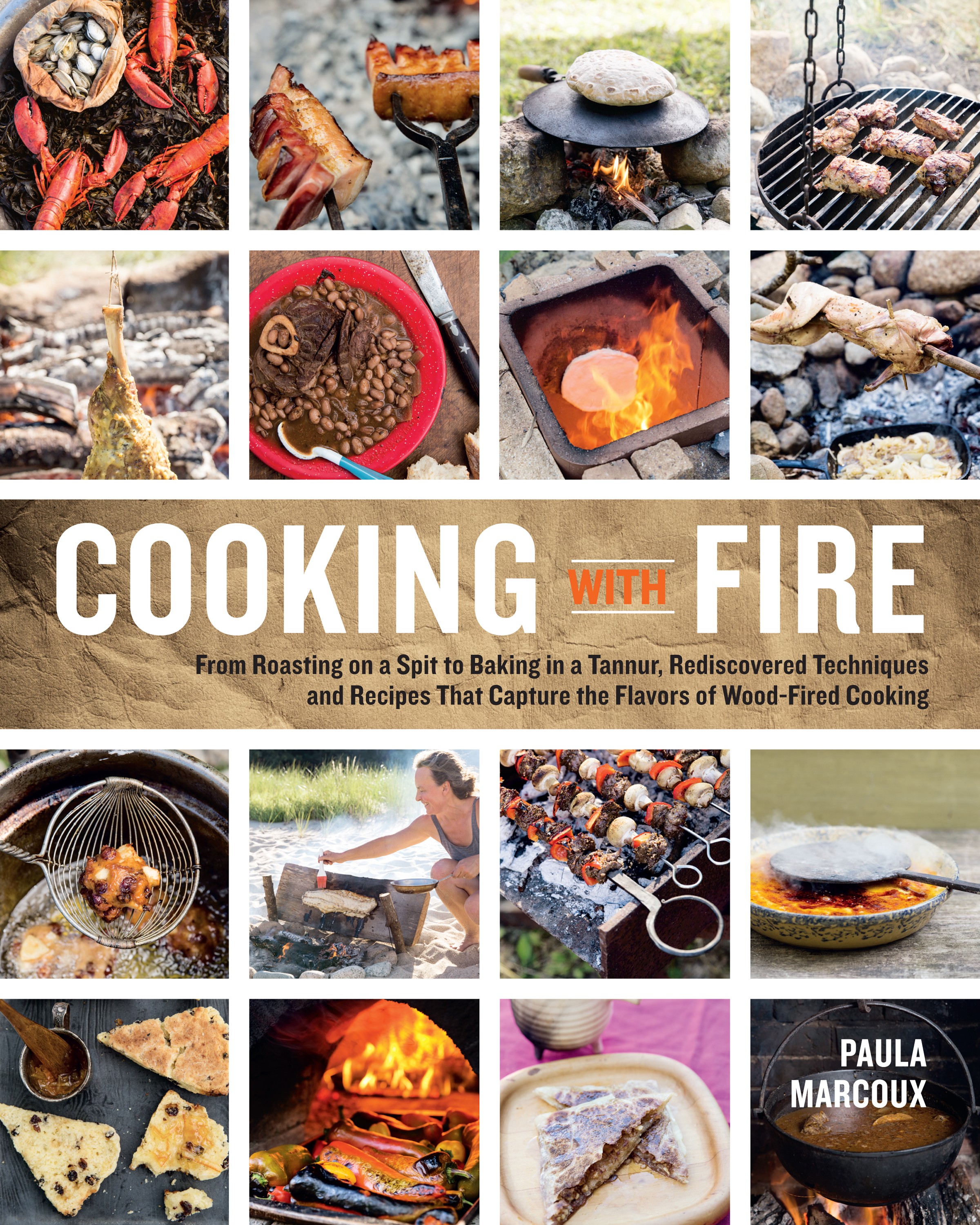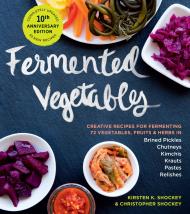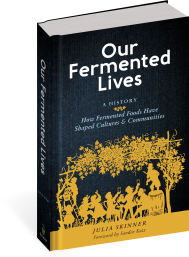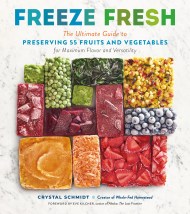Promotion
Use code MOM24 for 20% off site wide + free shipping over $45
Cooking with Fire
From Roasting on a Spit to Baking in a Tannur, Rediscovered Techniques and Recipes That Capture the Flavors of Wood-Fired Cooking
Contributors
Formats and Prices
Price
$11.99Price
$15.99 CADFormat
Format:
- ebook $11.99 $15.99 CAD
- Trade Paperback $22.95 $28.95 CAD
This item is a preorder. Your payment method will be charged immediately, and the product is expected to ship on or around May 16, 2014. This date is subject to change due to shipping delays beyond our control.
Also available from:
Revel in the fun of cooking with live fire. This hot collection from food historian and archaeologist Paula Marcoux includes more than 100 fire-cooked recipes that range from cheese on a stick to roasted rabbit and naan bread. Marcoux’s straightforward instructions and inspired musings on cooking with fire are paired with mouthwatering photographs that will have you building primitive bread ovens and turning pork on a homemade spit. Gather all your friends around a fire and start the feast.
Genre:
-
“No grill? No problem. Marcoux, a food historian, takes us back to paleo times with this outstanding book about cooking over a campground-style wood fire.”
-
“Paula Marcoux is a connoisseur of fire. She knows how to build one and how to find its sweet spot, and has deep respect for our culinary ancestors, early humans who first took to flame. Her new cookbook, "Cooking with Fire," is a refreshing departure from the pile of grilling cookbooks on the market.”
-
"As much a DIY guide to building heat-harnessing structures as it is a food history lesson with recipes.”
- On Sale
- May 16, 2014
- Page Count
- 320 pages
- Publisher
- Storey
- ISBN-13
- 9781603429122
Newsletter Signup
By clicking ‘Sign Up,’ I acknowledge that I have read and agree to Hachette Book Group’s Privacy Policy and Terms of Use







